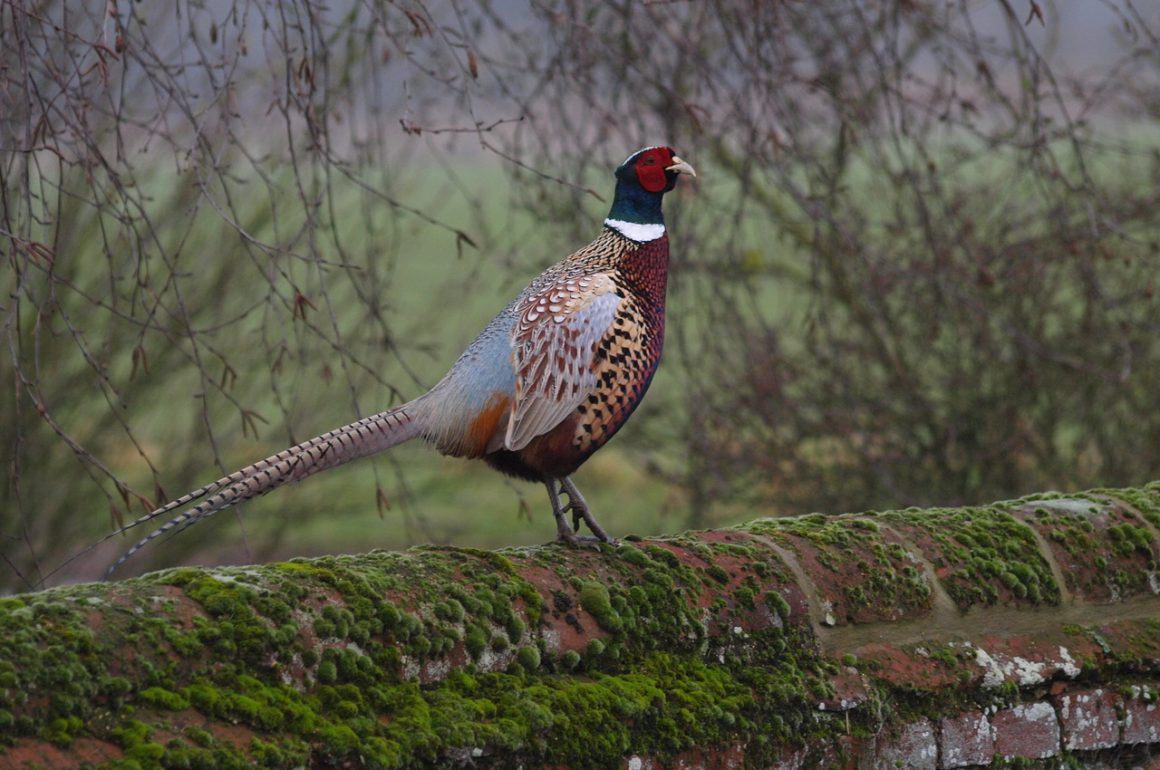
Ask any British birdwatcher to name their least favourite birds and the chances are high that the Common Pheasant, Phasianus colchicus, will top the list. Here in Britain we never use the affix Ring-necked, as many of our Pheasants don’t have rings on their necks, but I am talking about the same bird that is known as the Ring-necked Pheasant in America. Pheasants are the most conspicuous birds in the British countryside, released in their millions every autumn for shooting. (It’s worth mentioning that we don’t hunt pheasants here in Britain, we shoot them. A hunter is a type of horse, traditionally used for following hounds when hunting.)
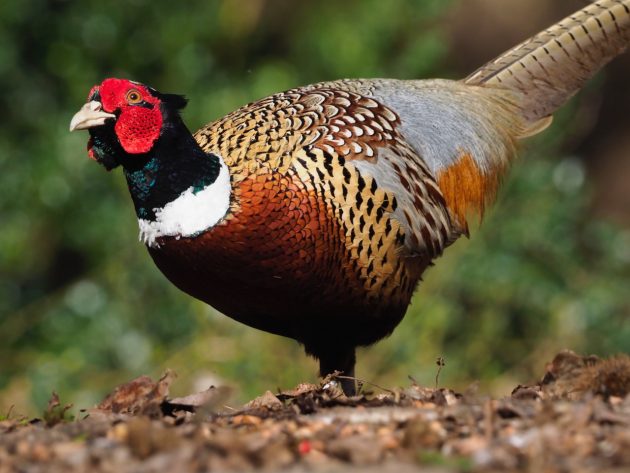
The distinctive white neck ring is characteristic of the majority of races of Common Pheasants
Nobody really knows when Pheasants were first introduced to Britain, but the Romans certainly brought them here when they occupied these islands 2000 years ago, so the first Pheasants probably walked on British soil in about AD 100 or 150. There’s a clear depiction of a Pheasant (with a ring-neck) in a Roman villa at Woodchester in the county of Gloucestershire, confirming that these birds have been here a long time. However, it’s generally thought that the initial stock of Pheasants arrived with the Normans in the 11th century. These were birds that originated from the Caucasus, and were of the nominate black-necked race.
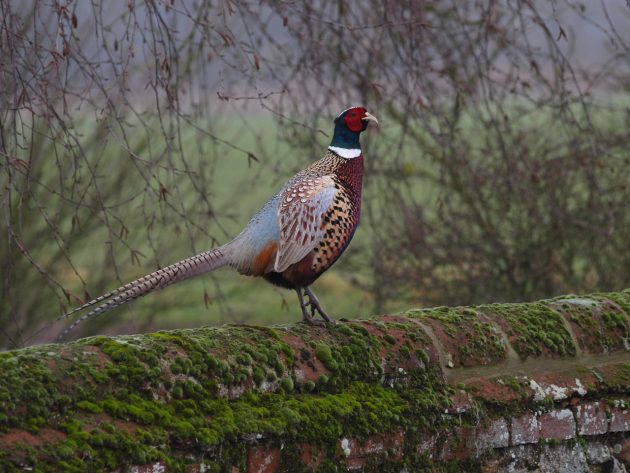
A classic example of Phasianus colchicus torquatus – the Chinese Ring-necked Pheasant
They were well established by the end of the 15th century, but it was in the 19th century that they became widespread, as the invention of the breech-loading shotgun had made Pheasant shooting a popular sport. Birds were reared under broody hens, and then released in great numbers. The royal family were enthusiastic about pheasant shooting: in 1913, a party of seven Guns (shooters) headed by King George V shot an all-time record bag of 3,937 pheasants at a battue held on December 18 at Hall Barn in Buckinghamshire.
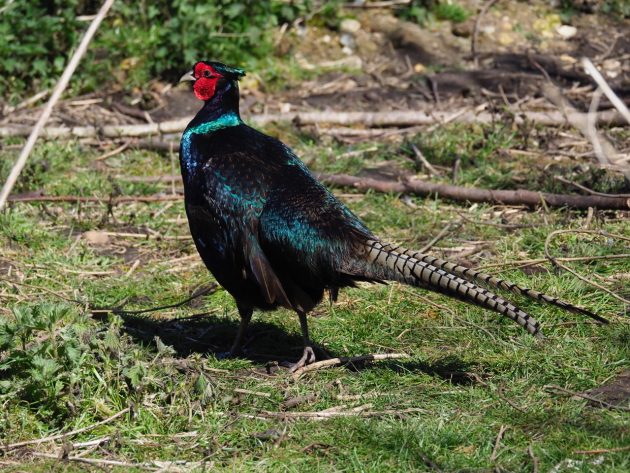
This handsome individual is a melanistic mutant, once known as Hachisuka’s Pheasant. Birds of this type are commonly seen in the UK
Though such enormous bags are now history, there are still shoots in the UK where 500 or more birds are regularly shot in a day as there are no legal limits to the size of the bag. To shoot such numbers, thousands have to be released. The young birds (poults) are introduced to release pens in July, so by November when the serious shooting begins they are sufficiently acclimatised to living in the wild to fly strongly and offer challenging shooting. The season closes on 1 February.
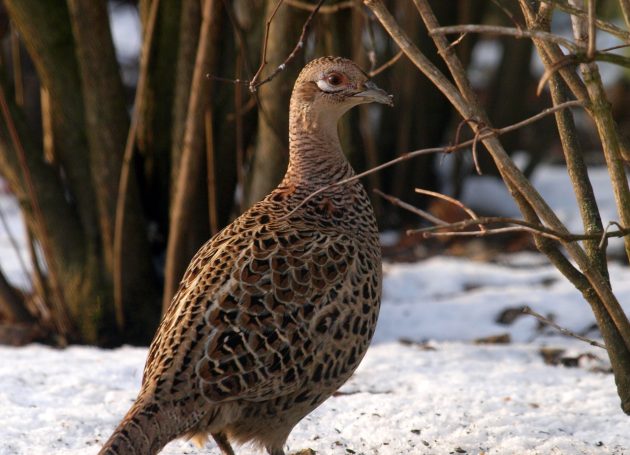
Pheasants show strong sexual dimorphism, with the well-camouflaged hens very different from the gaudy cocks
There are, you won’t be surprised to learn, many people whom oppose Pheasant shooting on moral grounds, and others who deplore the release of so many non-native birds into the countryside. There’s no doubt that the release of such numbers of birds can be damaging to the environment, but Pheasant shooting remains big business, and there are no indications that our current Government plans to regulate it. It currently cost anything from £40 to £70 to shoot a single Pheasant on a commercial shoot. Thus a typical day’s shooting, with a bag of 250 birds, will cost anything from £13,000 to £20,000. This cost will be shared by the Guns taking part – usually eight or ten, rarely more. Such figures are a reminder of the Pheasant’s huge economic significance. The only bird that is of more financial importance in Britain is the humble chicken.
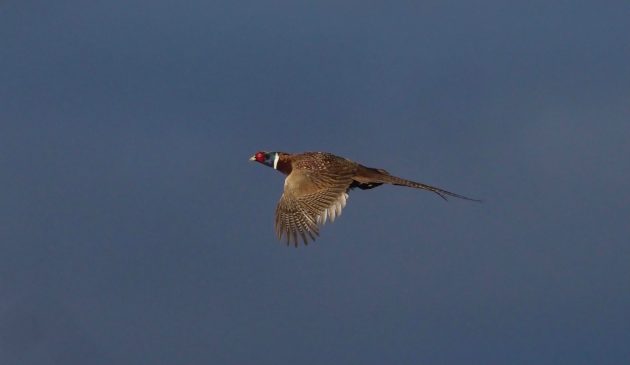
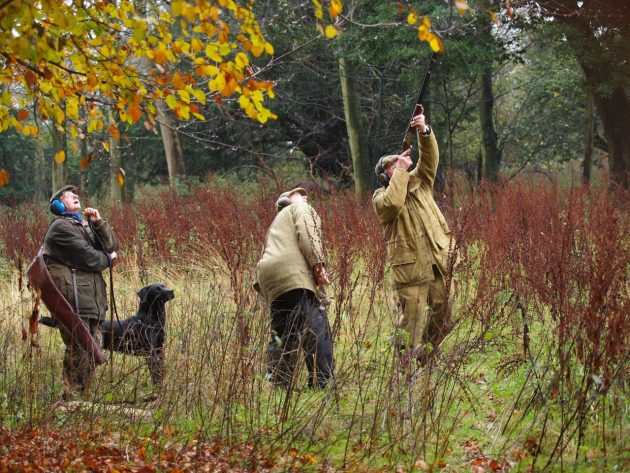
Pheasant shooting is a multi-million pound business in the UK
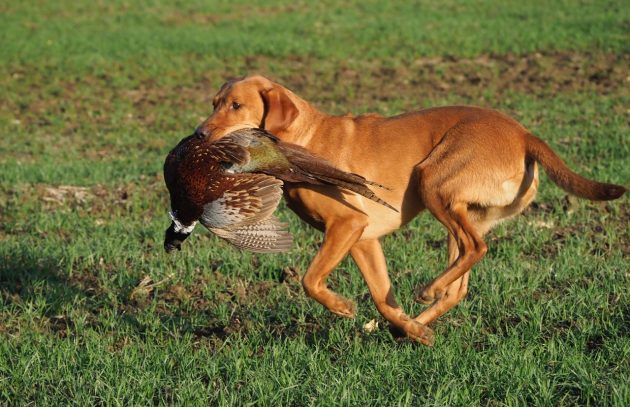
A cock retrieved
Birdwatchers don’t like Pheasants because they are ubiquitous, flashy and probably came out of a pen. They’re not native, not even regarded as real birds, so tend to be ignored. This is a shame, because they are a fascinating species, while there’s no denying the fact that a cock Pheasant is an exceedingly handsome individual. I’ve no doubt that if the release of Pheasants was prohibited tomorrow, they would soon become much scarcer, and even die out in some parts of the country. When the release of Pheasants was banned in the Netherlands, numbers and range declined rapidly. However, I’m equally sure that many would survive, for the Pheasant finds the British countryside, and its climate, to its liking.
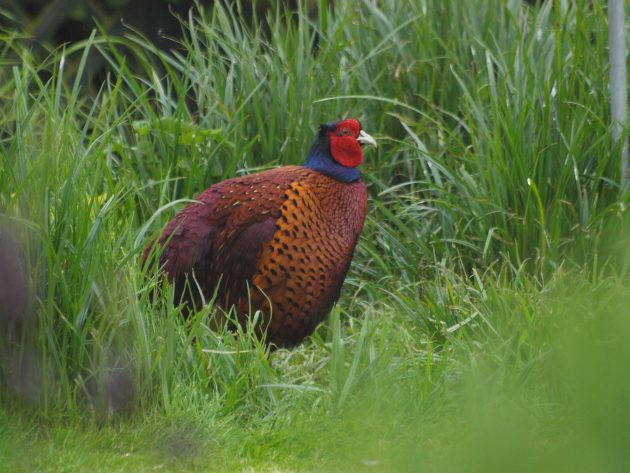
The nearest truly wild Pheasants to Britain are generally regarded as being in Georgia, Armenia and Azerbaijan, but there’s a also an isolated and often overlooked population to be found in north-east Greece, in the Nestos Delta. These birds are small and black-necked, so classic examples of the nominate race, Phasianus colchicus colchicus. In recent years considerable effort has gone into conserving this population, thought to be the only natural one in Western Europe. The project was initiated by The World Pheasant Association, working in conjunction with KOMARTH, the hunting federation of Thrace and Macedonia. The most recent census of the population, in 2022, found 82 territories. They are not easy to see. I’ve only visited Nestos once, but despite my best efforts I failed to see a single bird, though I did hear a crowing cock.
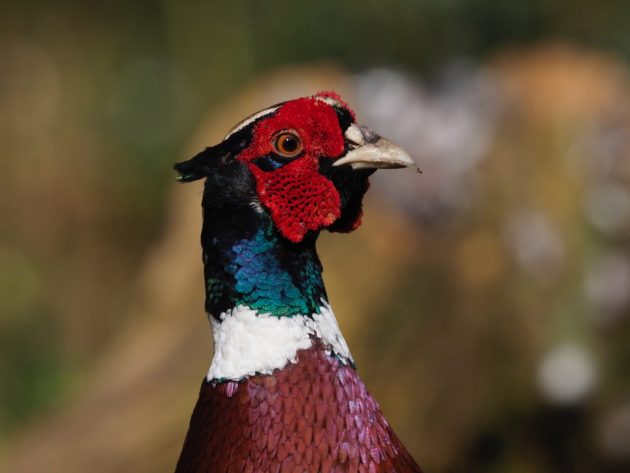
The attraction of the Nestos Pheasants is that they appear to be genetically pure, unlike the mongrel birds we have in Britain which have highly mixed genes, for many different sub-species have been introduced here over the last 150 years. (No fewer than 30 sub-species of the Pheasant are recognised.) The classic Ring-necked Pheasant, torquatus, is a native of south-east China, and is the most widespread of all the races, though as Jean Delacour notes in his classic work, The Pheasants of the World, “individual variation is considerable”, as these birds “intergrade with several other forms”.
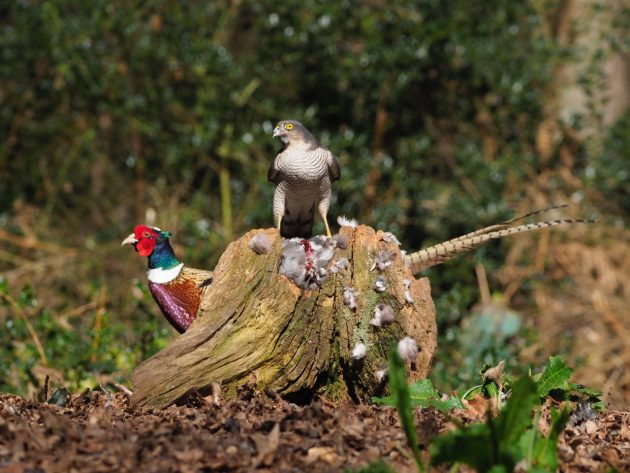
This Pheasant seems totally unconcerned by the proximity of a Sparrowhawk. Though Sparrowhawks may kill young birds, adult pheasants are too big for them
I’ve watched, photographed, shot, plucked, cooked and eaten Pheasants, so they are birds I have had a lot of experience of. Perhaps because of this, they are a bird I really rather like. If they disappeared from the British countryside I’d miss them. They may be exotic aliens, but I’d argue that they have been here sufficiently long to be regarded as honorary Britons.
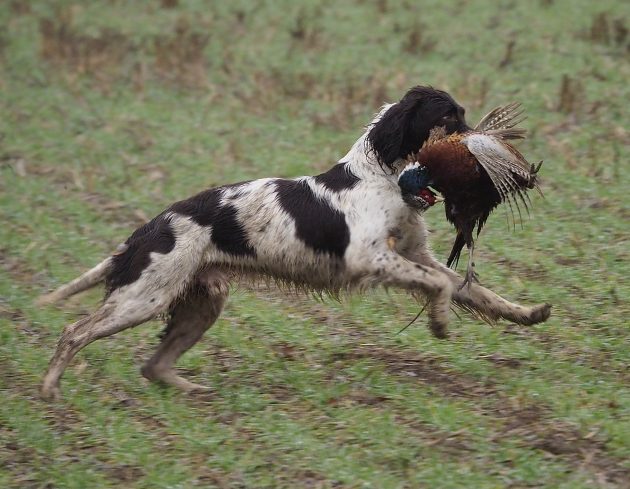






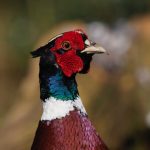
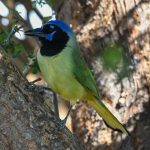
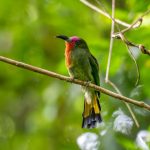

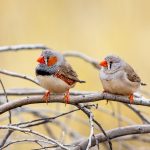


A fond memory: walking with a Yorkshireman towards the North Yorks Moor. My friend was a gamekeeper and he would eye every pheasant. “Down here, on the slope, they’re game” – he said – “but once they’re on the moor they’re vermin, competing with the grouse”. I innocently asked what that meant. “We can shoot the buggers”, was the answer.
We also used to have a lot of pheasants in SW Germany, much less now. I always refer to them as the avian landmines: you try to sneak through the landscape in search of birds and suddenly BOOM a pheasant “explodes” into the air right at your feet, making such a noise that every creature within a mile’s radius knows exactly where you are and what you are up to.